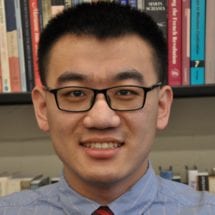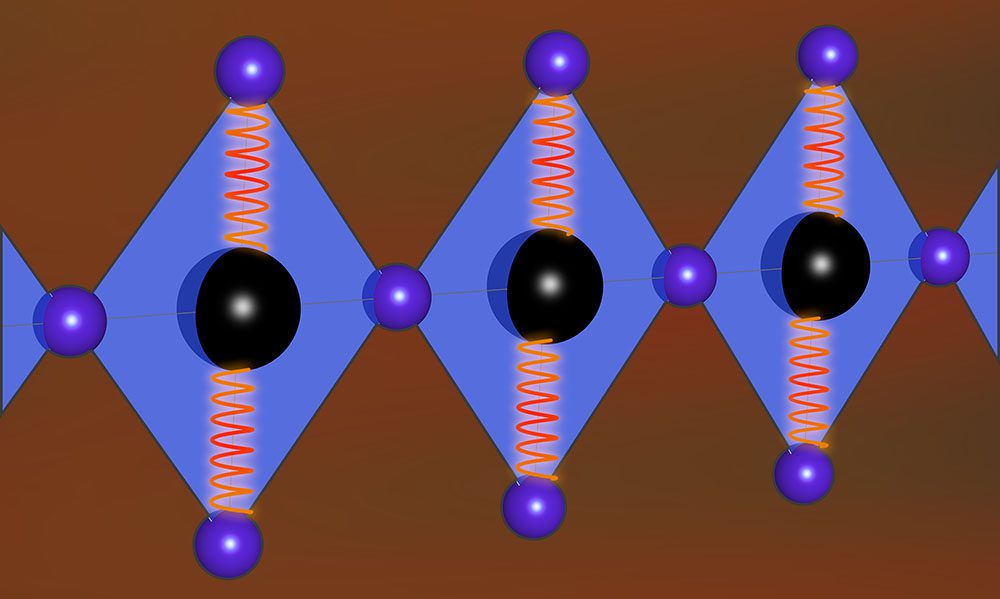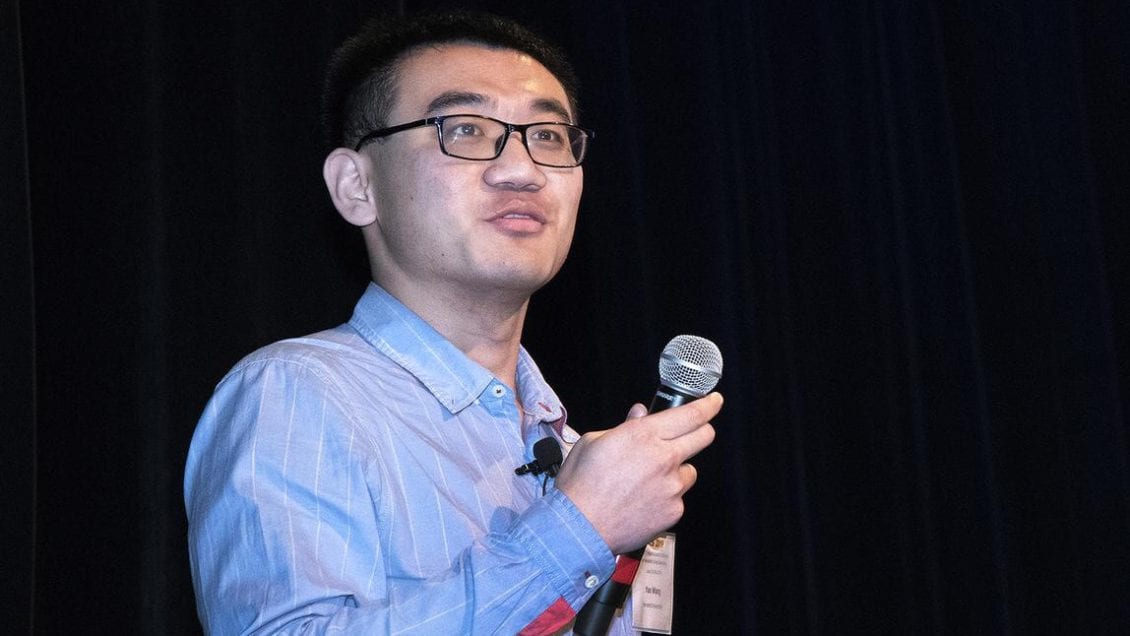Clemson University physicist Yao Wang is among a team of scientists who may have found the missing piece in solving a mystery that has stumped researchers for decades — how cuprate superconductors carry electric current with no loss at relatively high temperatures.
After 20 years of trying, scientists doped a 1D copper oxide chain and found an unexpectedly strong attraction between neighboring electrons that could play an important role in the material’s superconductivity.

“The underlying mechanism has been a mystery for 34 years since its discovery in copper-oxide materials,” said Wang, an assistant professor in the College of Science’s Department of Physics and Astronomy.
Cuprates are a key class of unconventional superconductors and have important applications in power transmission, medical instruments, high-speed transportation and quantum computing.
Scientists studying unconventional superconductors often rely on simplified models to get an understanding of what’s going on.
Researchers know these quantum materials get their abilities from electrons that join forces to form a sort of electron soup. But modeling this process in all its complexity would take far more time and computing power than anyone can imagine having today. That’s why researchers created, for simplicity, a theoretical model in which the material exists in just one dimension, as a string of atoms. They made these one-dimensional cuprates in the lab and found that their behavior agreed with the theory pretty well.
Unfortunately, these 1D atomic chains could not be doped, a process where some atoms are replaced by others to change the number of electrons that are free to move around. Doping is one of several factors scientists can adjust to tweak the behavior of materials like these, and it’s a critical part of getting them to superconduct.

Finding a missing piece
Now, scientists at the Department of Energy’s SLAC National Accelerator Laboratory and Stanford and Clemson universities have synthesized the first dopable 1D cuprate material. Their analysis of it suggests that the most prominent proposed model of how cuprates achieve superconductivity is missing a key ingredient: an unexpectedly strong attraction between neighboring electrons in the material’s atomic structure, or lattice. That attraction, they said, may be the result of interactions with natural lattice vibrations.
“Although a directly theoretical prediction of the superconductivity phase and its transition temperature is still ongoing research, the discovery of attractive interaction is a significant step because only if two electrons can be attracted together can they form the so-called Cooper pair and become superconducting,” said Wang, who led the theory side of the study. Cooper pairs are a loosely bound pair of electrons.
The findings were reported in the journal Science.
From grids to chains, in theory
The predominant model used to simulate these complex materials is known as the Hubbard model. In its 2D version, it is based on a flat, evenly spaced grid of the simplest possible atoms.
But this basic 2D grid is already too complicated for today’s computers and algorithms to handle. There’s no well-accepted way to make sure the model’s calculations for the material’s physical properties are correct, so if they don’t match experimental results it’s impossible to tell whether the calculations or the theoretical model went wrong.

To solve that problem, scientists have applied the Hubbard model to 1D chains of the simplest possible cuprate lattice – a string of copper and oxygen atoms. This 1D version of the model can accurately calculate and capture the collective behavior of electrons in materials made of undoped 1D chains. But until now, there hasn’t been a way to test the accuracy of its predictions for the doped versions of the chains because no one was able to make them in the lab, despite more than two decades of trying.
“Our major achievement was in synthesizing these doped chains,” said Zhuoyu Chen, a postdoctoral researcher at SLAC who led the experimental part of the study. “We were able to dope them over a very wide range and get systematic data to pin down what we were observing.”
To make the doped 1D chains, Chen and his colleagues developed a system for making 1D chains embedded in a 3D material and moving them directly into a chamber at SLAC’s
Synchrotron Radiation Lightsource for analysis with angle-resolved photoemission spectroscopy. This technique ejected electrons from the chains and measured their direction and energy, giving scientists a detailed and sensitive picture of how the electrons in the material behave.
Surprisingly strong attractions
Their analysis showed that in the doped 1D material, the electrons’ attraction to their counterparts in neighboring lattice sites is 10 times stronger than the Hubbard model predicts, Wang said.
The research team suggested that this high level of “nearest-neighbor” attraction may stem from interactions with phonons – natural vibrations that jiggle the atomic latticework. Phonons are known to play a role in conventional superconductivity, and there are indications that they could also be involved in a different way in unconventional superconductivity that occurs at much warmer temperatures in materials like the cuprates, although that has not been definitively proven.
The researchers said it’s likely that this strong nearest-neighbor attraction between electrons exists in all the cuprates and could help in understanding superconductivity in the 2D versions of the Hubbard model and its kin, giving scientists a more complete picture of these puzzling materials.
Information from a media release by SLAC was used extensively in this report.
Research by the Wang group at Clemson University reported in this publication was supported by the National Science Foundation.
The College of Science pursues excellence in scientific discovery, learning and engagement that is both locally relevant and globally impactful. The life, physical and mathematical sciences converge to tackle some of tomorrow’s scientific challenges, and our faculty are preparing the next generation of leading scientists. The College of Science offers high-impact transformational experiences such as research, internships and study abroad to help prepare our graduates for top industries, graduate programs and health professions. clemson.edu/science
Get in touch and we will connect you with the author or another expert.
Or email us at news@clemson.edu

